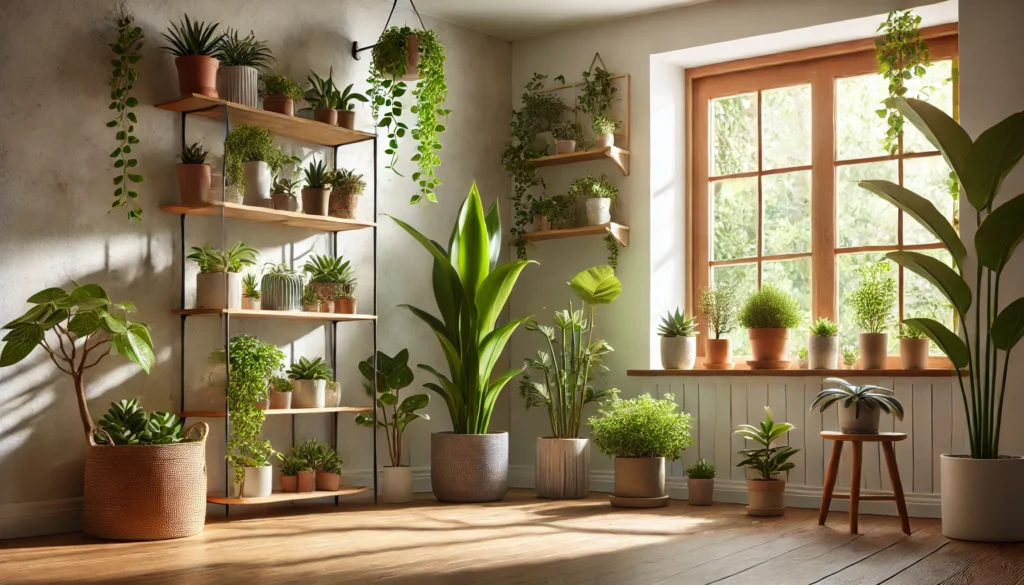
How to Care for Beginner-Friendly Plants: Your Ultimate Gardening Starter Guide
Are you new to gardening and feeling overwhelmed by all the plant care advice out there? Don’t worry – you’re not alone! Learning how to care for beginner-friendly plants can be the perfect way to start your gardening journey without the stress. These plants are forgiving, easy to maintain, and offer a great way to build your confidence as you develop your green thumb. Whether you’re looking to add some greenery to your home or create a small outdoor garden, this guide will walk you through the essentials of keeping your plants healthy and thriving. Let’s dive into the world of beginner-friendly plants and start growing with ease!
Table of Contents
ToggleWhy Choose Beginner-Friendly Plants?
If you’re new to gardening, choosing the right plants is crucial to setting yourself up for success. Beginner-friendly plants are the perfect choice because they are low-maintenance, forgiving, and easy to care for. Here’s why they’re ideal for those just starting their gardening journey:
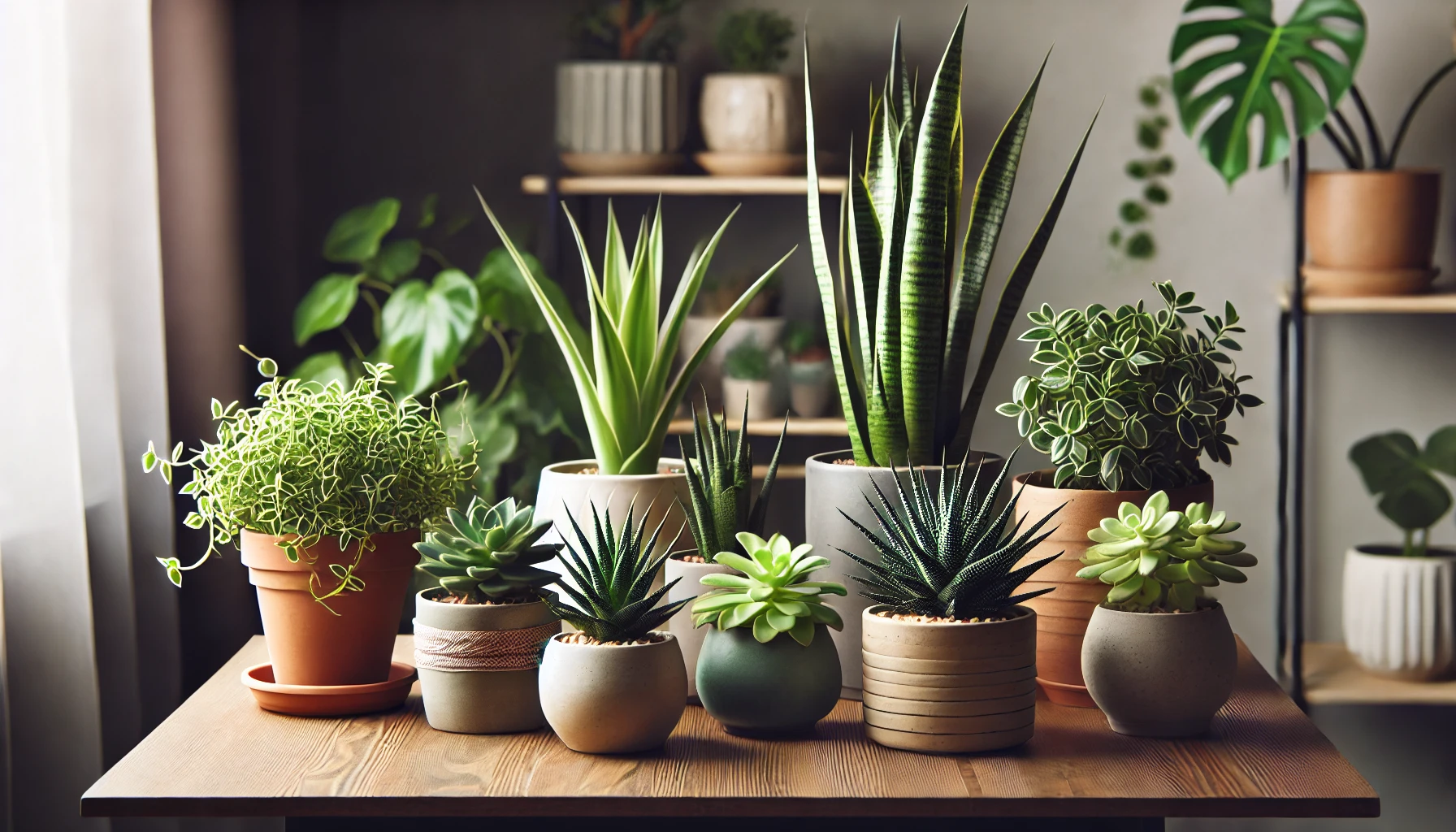
- Low Maintenance: These plants are designed to thrive with minimal attention. They don’t require constant monitoring, which makes them perfect for beginners who are still learning the ropes of plant care.
- Forgiving Nature: One of the biggest fears new gardeners face is making mistakes. With beginner-friendly plants, small errors—like overwatering or forgetting to fertilize—won’t cause significant harm. They can handle a bit of neglect and still bounce back.
- Variety of Choices: There are plenty of beginner-friendly plants to choose from, both indoors and outdoors. Whether you’re looking for decorative houseplants or easy-to-grow flowers for your garden, these plants come in many shapes, sizes, and colors, ensuring you can find the right fit for your space.
- Build Confidence: Starting with plants that are easier to care for allows you to build confidence. As you see your plants grow and thrive, you’ll gain the experience and knowledge needed to handle more challenging plants down the road.
Choosing beginner-friendly plants sets a solid foundation for your gardening journey. They help you learn basic care routines without the stress of constantly worrying about plant survival. Plus, they offer instant rewards, helping you enjoy the process and grow your gardening skills over time.
Essential Factors for Caring for Beginner-Friendly Plants
Caring for beginner-friendly plants is simple when you understand the basic factors that affect their health. Here are the essential elements you need to know:
- Light Requirements
Light is crucial for plant growth. Most beginner-friendly plants thrive in indirect or moderate light.- Indirect Light: Place your plants near a window that doesn’t get direct sunlight. A spot that receives filtered light is often ideal.
- Low Light: Some plants, like pothos and snake plants, can tolerate low-light environments, making them perfect for dimly lit rooms.
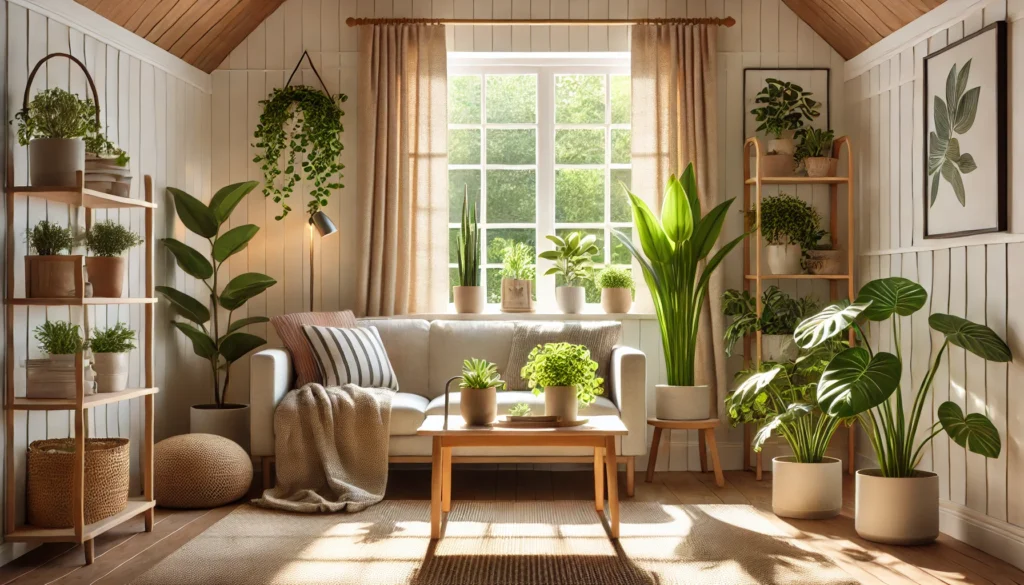
- Watering Basics
Overwatering is a common mistake for new gardeners. To prevent this:- Watering Schedule: Check the top inch of soil. If it’s dry, it’s time to water. If it’s still moist, wait another day or two.
- Signs of Overwatering: Yellowing leaves and moldy soil are signs your plant is getting too much water. Always use pots with drainage holes to prevent water from sitting at the bottom.
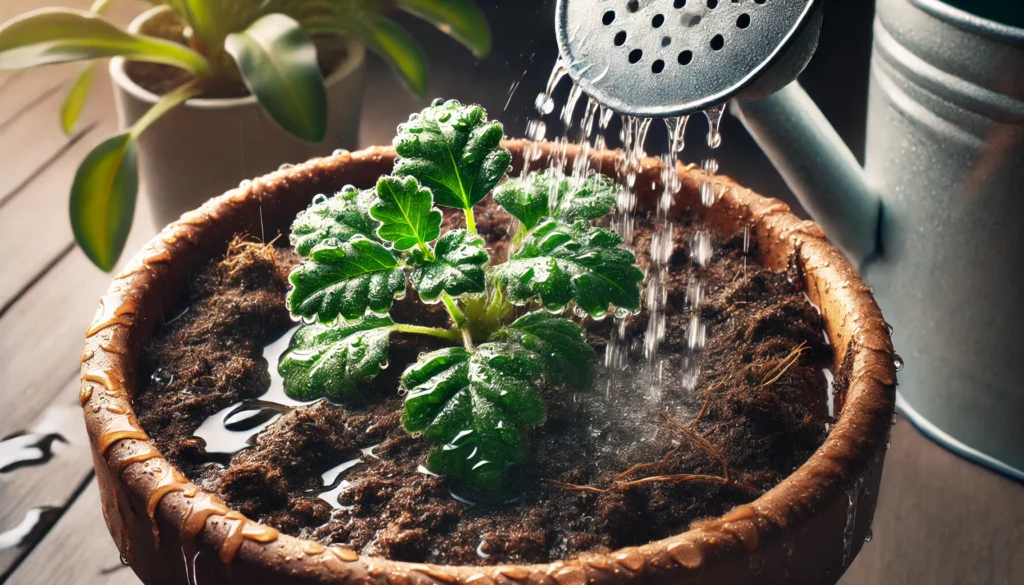
- Soil and Fertilization
Using the right soil and providing nutrients is key to healthy plant growth.- Soil Type: Choose a well-draining soil mix for your plant. Most beginner plants do well with potting soil designed for general use.
- Fertilizing: Feed your plants once a month with a balanced, diluted fertilizer during the growing season (spring and summer). Reduce or stop fertilizing in the fall and winter when plants are dormant.
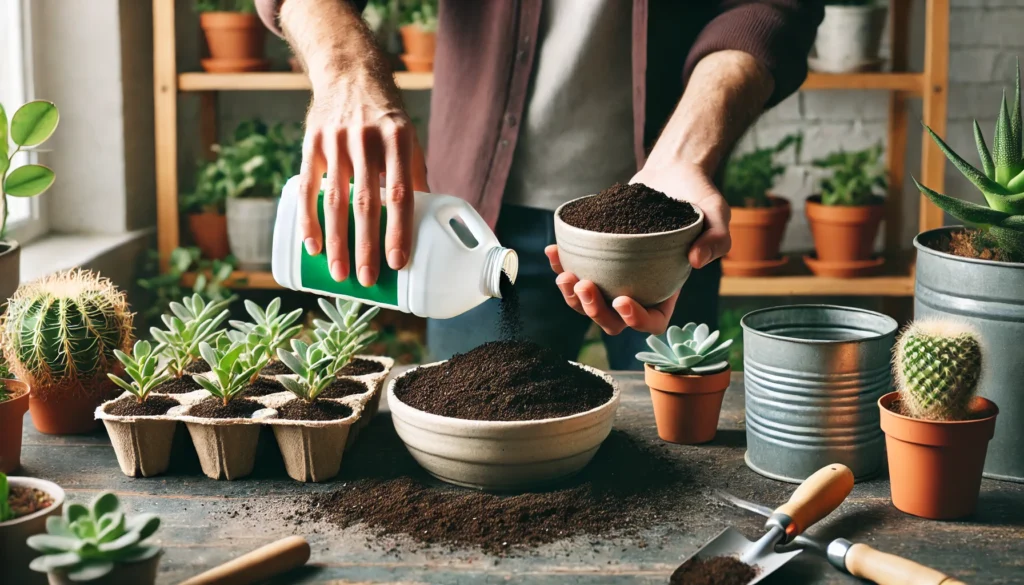
- Temperature and Humidity
Most beginner-friendly plants thrive in moderate temperatures between 60-75°F (15-24°C).- Avoid Drafts: Keep your plants away from cold drafts or hot, dry air from heaters. Consistency is key.
- Humidity: Some plants, like peace lilies, prefer higher humidity. If you live in a dry area, consider misting your plants or using a humidifier to keep them comfortable.
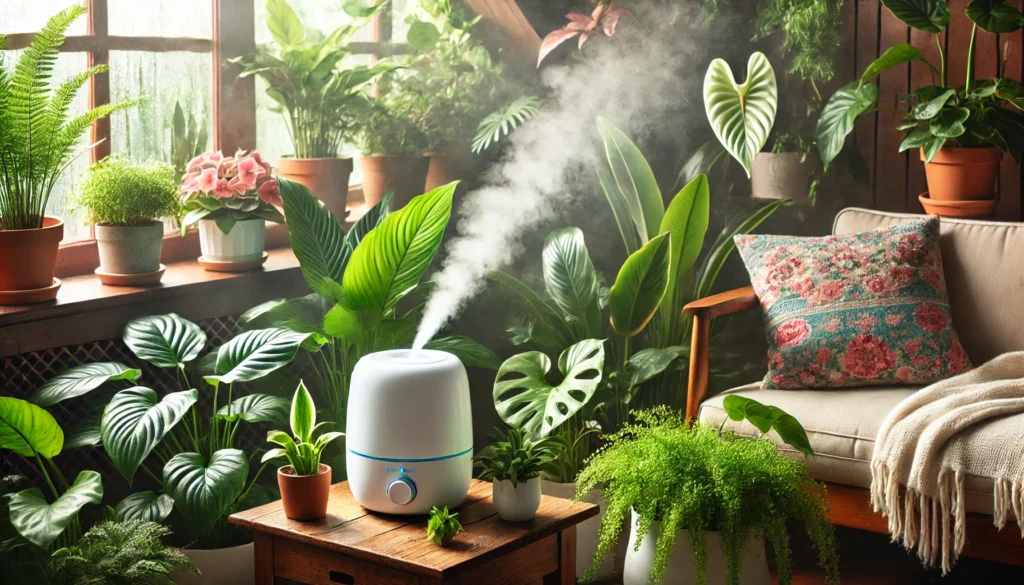
Top Beginner-Friendly Plants to Start With
Choosing the right plants is essential for beginners. Here are some of the best beginner-friendly plants to kickstart your gardening journey:
- Snake Plant (Sansevieria)
- Why It’s Great: The snake plant is virtually indestructible and can tolerate low light and irregular watering.
- Care Tips: Water when the soil is completely dry, and avoid overwatering. It thrives in indirect light but can also survive in low light.
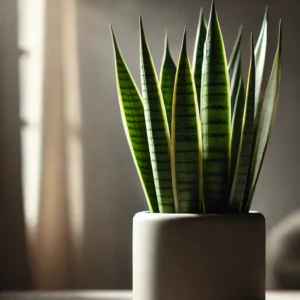
- Pothos (Epipremnum aureum)
- Why It’s Great: Known for its trailing vines and heart-shaped leaves, pothos is easy to care for and adapts well to various lighting conditions.
- Care Tips: Let the soil dry out between waterings, and place it in bright, indirect light for the best growth.
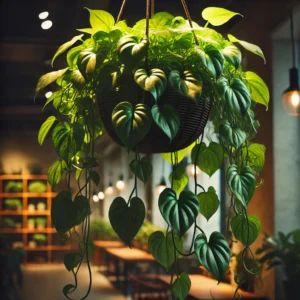
- ZZ Plant (Zamioculcas zamiifolia)
- Why It’s Great: The ZZ plant is extremely tolerant of neglect, low light, and infrequent watering.
- Care Tips: Water when the soil feels dry, and keep it in a spot with indirect light. It can even thrive in low light environments.
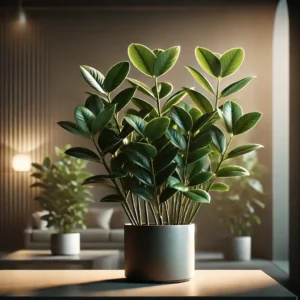
- Spider Plant (Chlorophytum comosum)
- Why It’s Great: The spider plant is a fast grower and produces small white flowers. It’s great for hanging baskets or as a tabletop plant.
- Care Tips: Keep in bright, indirect light, and water when the soil starts to dry out. It’s a great plant for improving air quality as well.
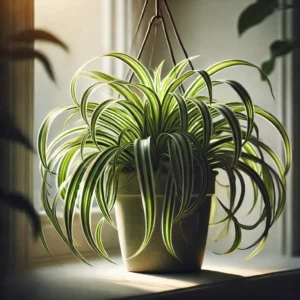
- Peace Lily (Spathiphyllum)
- Why It’s Great: Peace lilies are forgiving plants that can tolerate low light and occasional neglect. They’re also known for their beautiful white blooms.
- Care Tips: Water regularly but allow the top soil to dry between waterings. It prefers low to medium light but will bloom more in brighter conditions.
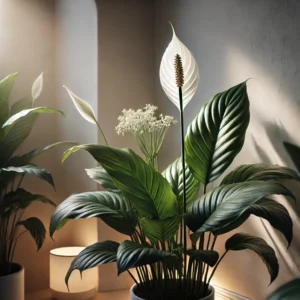
- Succulents (Aloe Vera, Echeveria, etc.)
- Why It’s Great: Succulents are perfect for those with busy lifestyles, as they need little attention and can survive in dry conditions.
- Care Tips: Plant in well-draining soil and water only when the soil is completely dry. Succulents prefer bright, indirect sunlight.
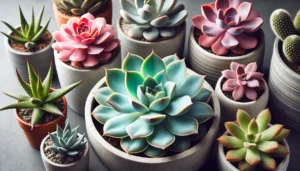
Troubleshooting Common Issues with Beginner-Friendly Plants
Even beginner-friendly plants can face issues from time to time. Here are some common problems you might encounter, along with practical solutions to keep your plants healthy and thriving:
- Yellowing Leaves
- Cause: Yellowing leaves can be a sign of overwatering, poor drainage, or a lack of nutrients.
- Solution: Ensure the plant has proper drainage and avoid letting water sit in the pot. Check the soil moisture before watering, and consider adding a balanced fertilizer to boost nutrients.
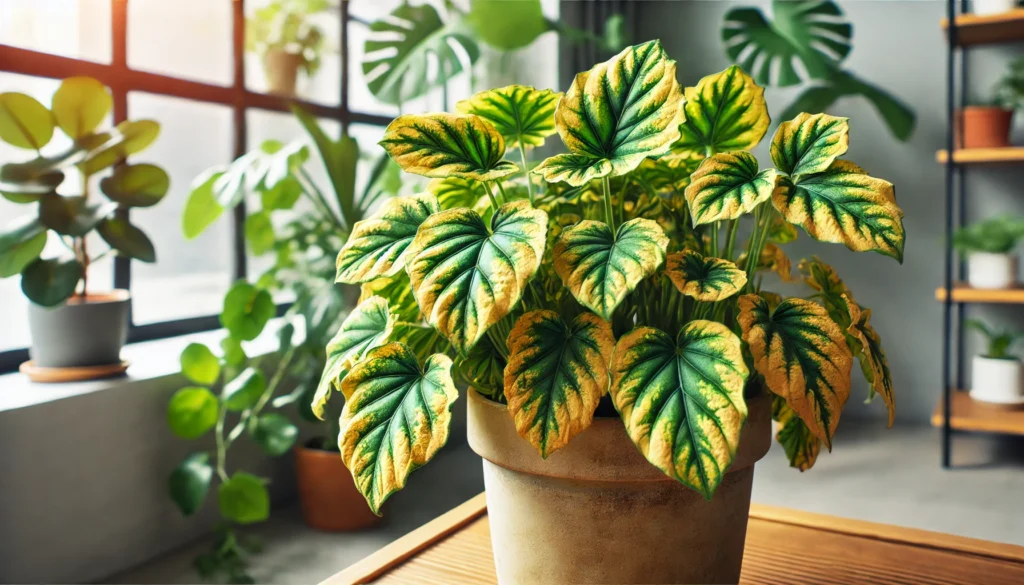
- Wilting or Drooping
- Cause: Wilting can occur from underwatering or overwatering. It may also be due to too much direct sunlight.
- Solution: Check the soil moisture and adjust your watering schedule accordingly. If the plant is in direct sunlight, move it to a spot with bright, indirect light.
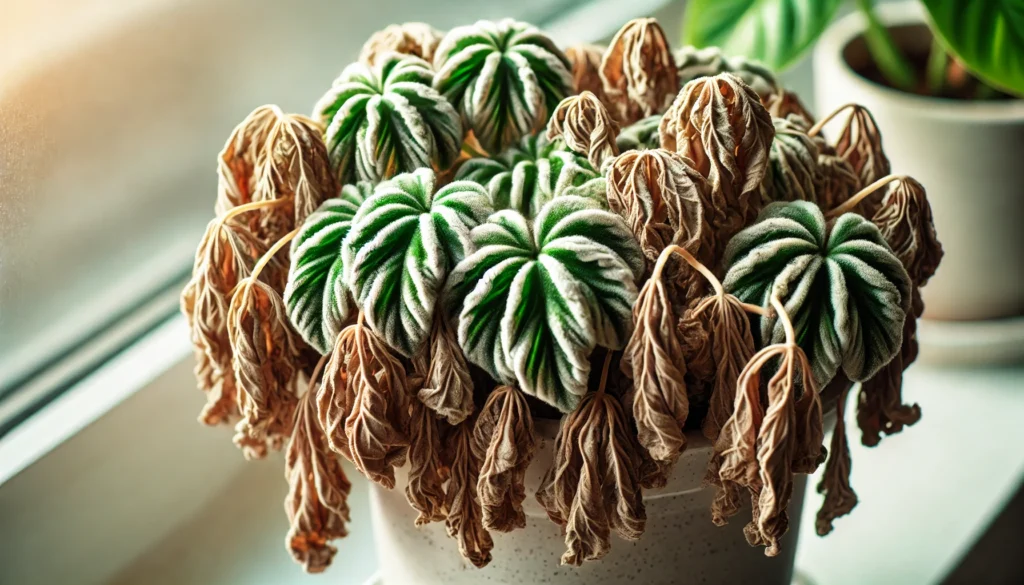
- Brown Tips on Leaves
- Cause: Brown tips can be a result of dry air, underwatering, or too much direct sunlight.
- Solution: Increase humidity around the plant by misting it or using a humidifier. Ensure the plant is watered properly and not exposed to intense, direct sunlight for extended periods.
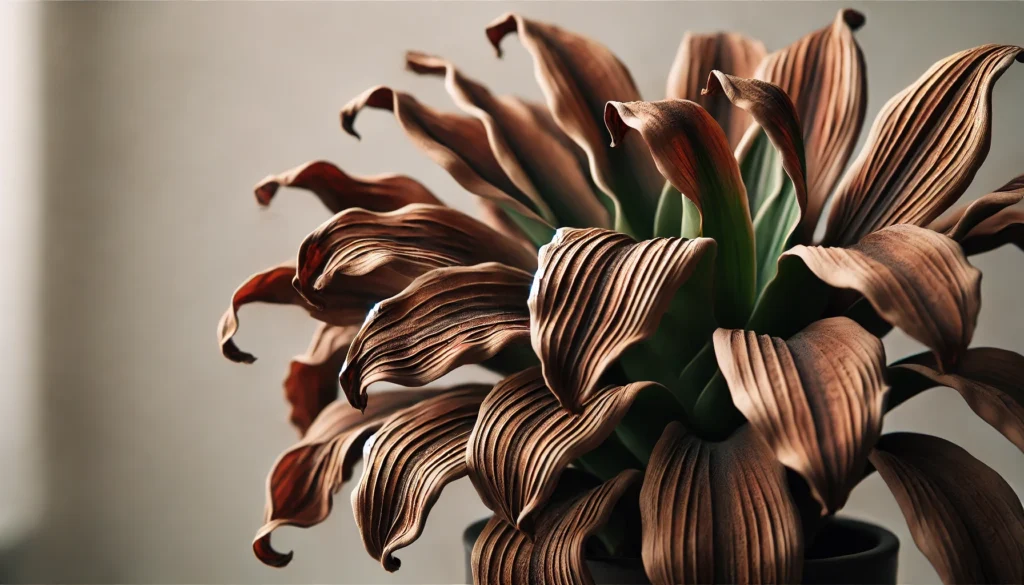
- Pests and Insects
- Cause: Common pests like spider mites, aphids, and mealybugs can affect plants, especially in warm, dry environments.
- Solution: Check your plants regularly for signs of pests. If you spot any, wipe the leaves with a damp cloth or use a mild insecticidal soap to eliminate them.
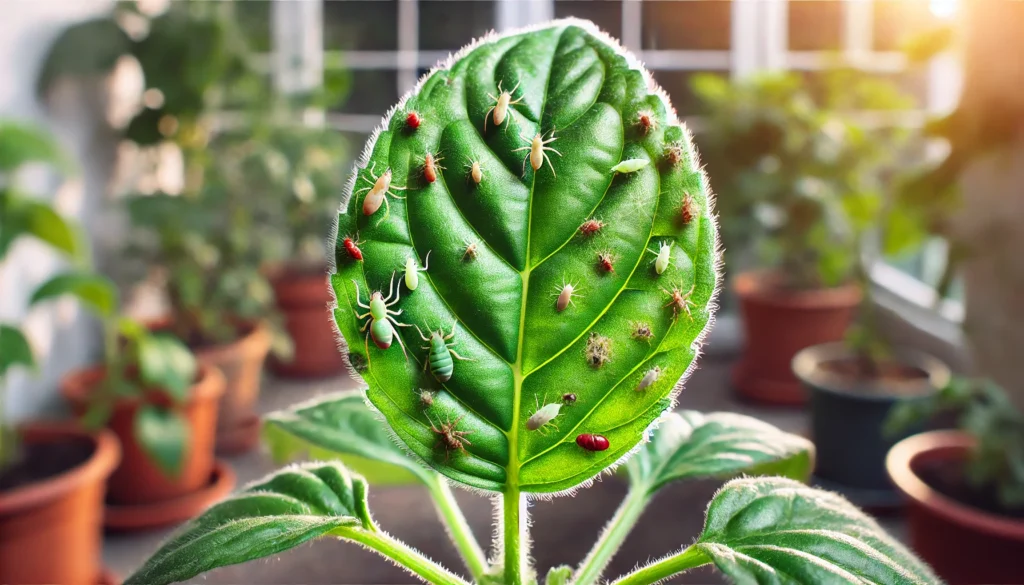
- Leggy Growth (Stretched Out Stems)
- Cause: Plants that aren’t receiving enough light may develop long, weak stems as they try to reach for more light.
- Solution: Move the plant to a brighter spot with more indirect light. If necessary, trim back leggy stems to encourage more compact growth.
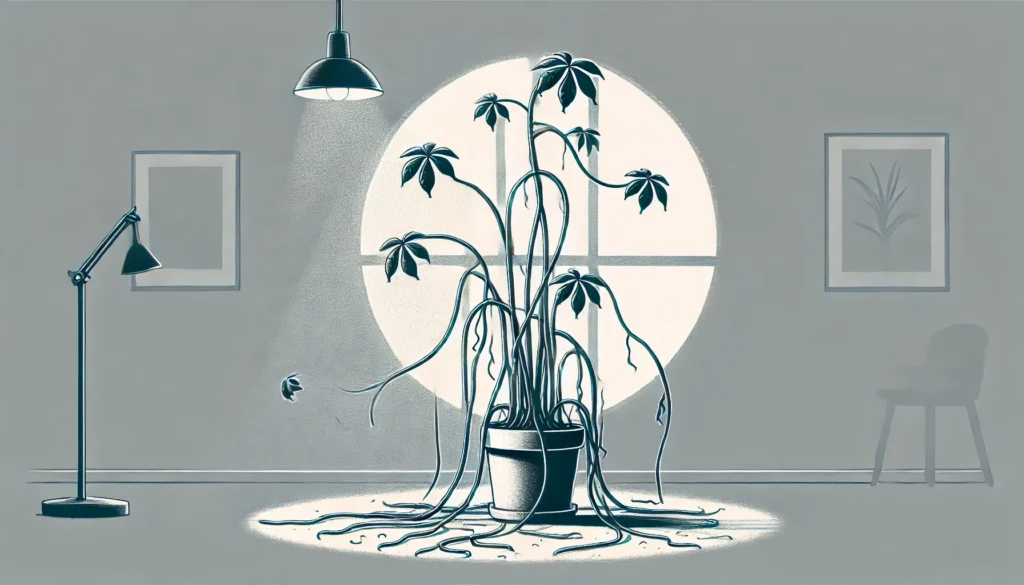
- Root Rot
- Cause: Root rot is caused by overwatering and poor drainage, leading to soggy, decaying roots.
- Solution: Ensure your plant is in a pot with drainage holes. If you suspect root rot, remove the plant from the pot, trim any rotting roots, and repot it in fresh, well-draining soil.
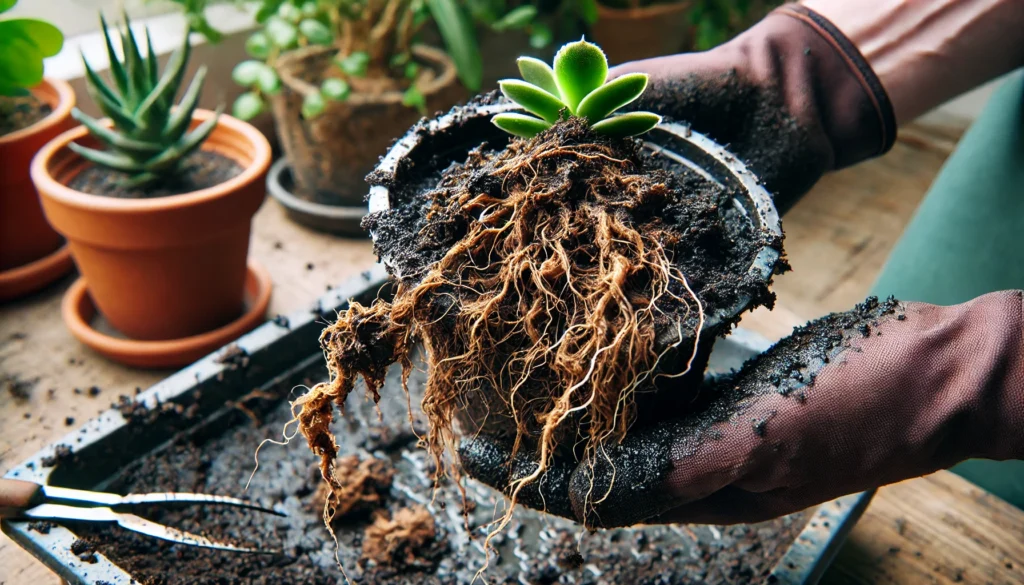
How to Build a Routine for Long-Term Plant Care
Creating a consistent care routine is key to ensuring your beginner-friendly plants thrive over time. Here’s how you can build a simple, effective routine to keep your plants healthy and happy:
Set a Watering Schedule
- Why It’s Important: Consistent watering is crucial for plant health, but it varies depending on the plant type and the environment.
- How to Do It: Check your plants once a week to see if they need water. Use the “inch-deep” test: if the soil feels dry to the touch, it’s time to water. Adjust frequency based on the plant’s specific needs, such as more frequent watering in warmer months.
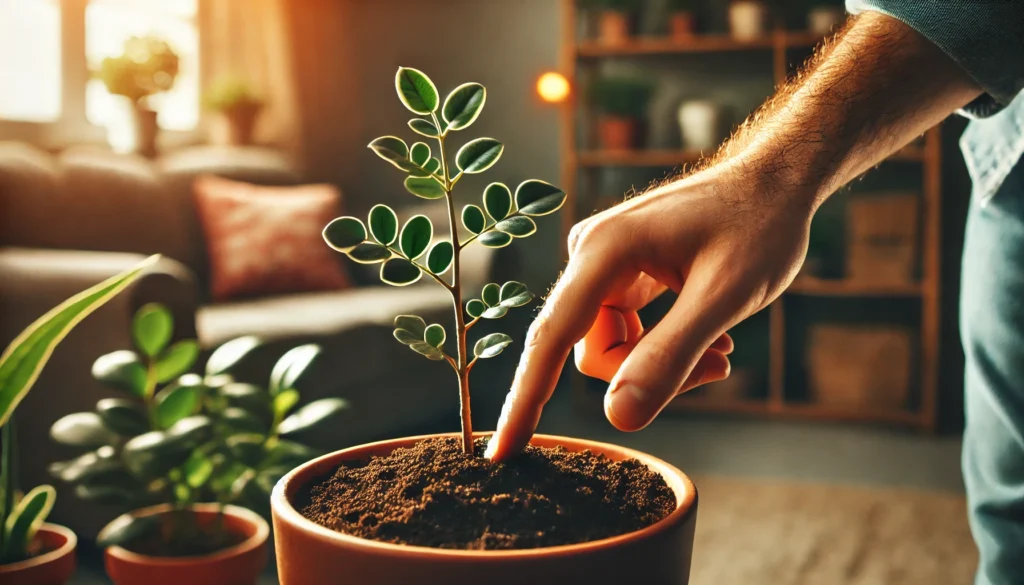
Monitor Light Levels
- Why It’s Important: The right light helps plants grow strong and vibrant.
- How to Do It: Place your plants in spots where they get the appropriate amount of light. Keep an eye on how the plant reacts to its location—if the leaves start to fade or stretch, it might need more light. Adjust its position every few months as needed.
Fertilize Regularly
- Why It’s Important: Plants need nutrients to grow, especially during their growing season.
- How to Do It: Fertilize your plants once a month during the growing season (spring and summer) with a balanced, liquid fertilizer. Reduce feeding during the fall and winter months when plant growth slows.
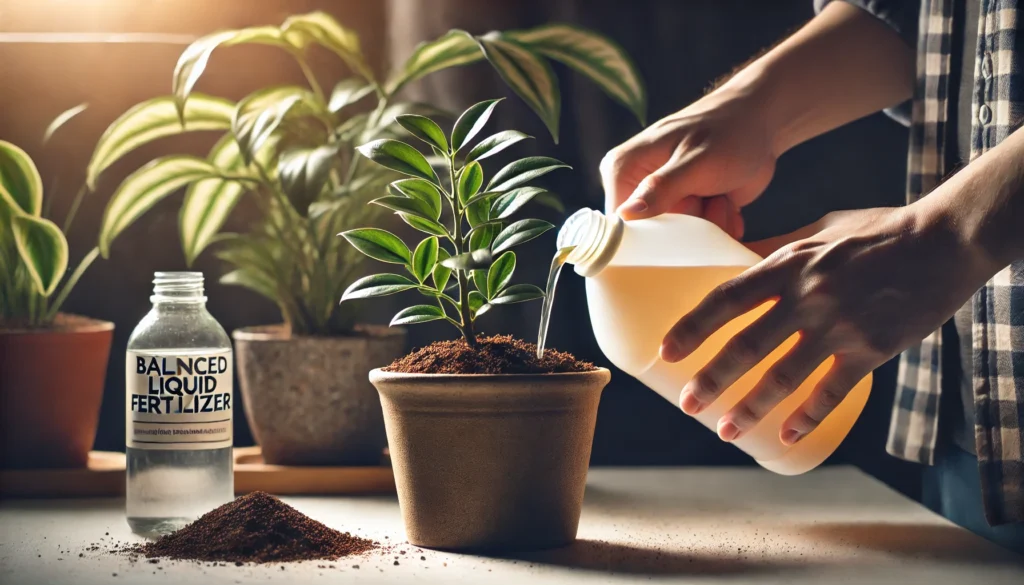
Check for Pests Weekly
- Why It’s Important: Early detection of pests helps prevent infestations that can damage your plants.
- How to Do It: Take a few minutes each week to inspect your plants, especially the undersides of leaves, for any signs of pests like spider mites or aphids. If you find any, take action immediately with a natural pesticide or wipe them off with a damp cloth.
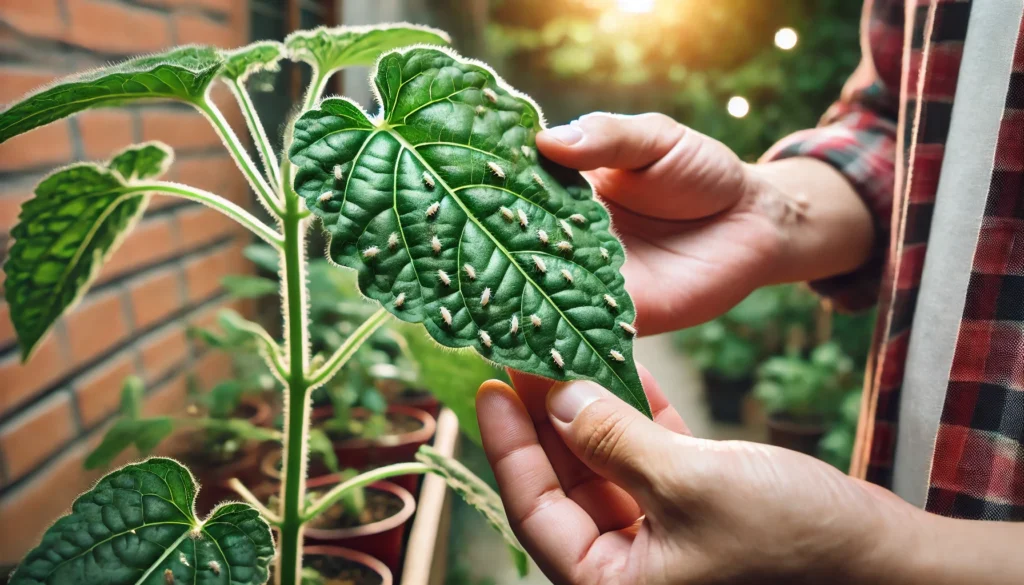
Repot When Necessary
- Why It’s Important: As plants grow, they need more space for their roots to expand.
- How to Do It: Check if your plant has outgrown its pot. Signs include roots growing through the drainage holes or the plant becoming top-heavy. Repot your plant every 1-2 years, depending on its growth rate, using fresh, well-draining soil.
Seasonal Adjustments
- Why It’s Important: Plants may require different care during seasonal changes.
- How to Do It: In colder months, reduce watering and fertilizing as plants enter a dormancy phase. During warmer months, increase watering frequency and move plants to sunnier spots to support their growth.
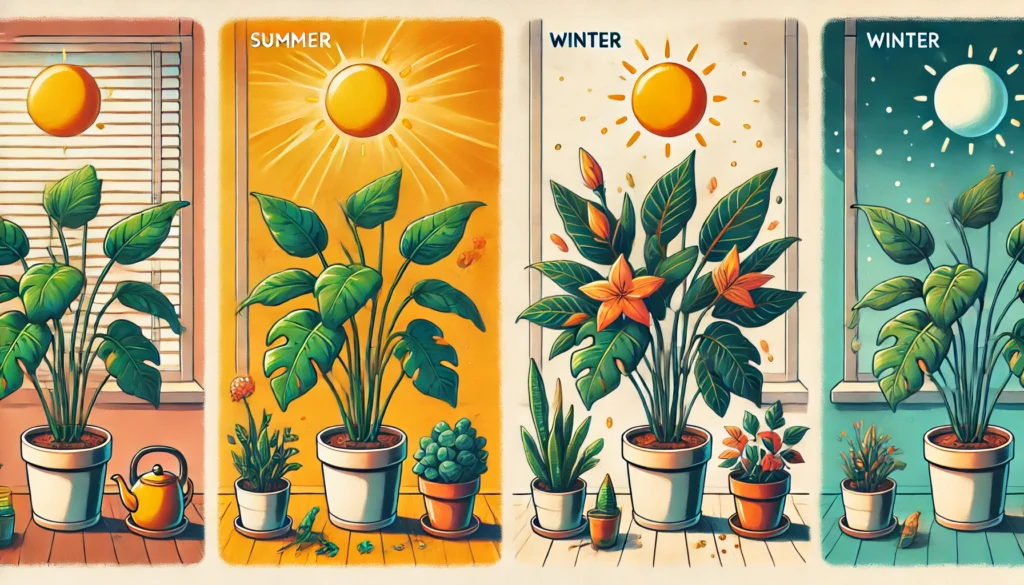
Caring for beginner-friendly plants can be a rewarding and fulfilling experience, even for those new to gardening. By understanding the basic care requirements—such as light, watering, soil, and temperature—you can easily nurture your plants and enjoy their beauty. Remember to choose plants that fit your lifestyle, monitor their health, and troubleshoot common issues as they arise.
Building a simple and consistent routine for plant care will ensure long-term success and help your plants thrive. Whether you’re growing a few potted plants indoors or expanding your garden, the joy of seeing your plants flourish is well worth the effort.
With these tips in hand, you’re ready to embark on your plant care journey. Start small, stay consistent, and soon you’ll be a plant pro, enjoying lush, healthy greenery in your home or garden!
Frequently Asked Questions(FAQ)
What are the best beginner-friendly plants to start with?
Some of the best beginner-friendly plants include the Snake Plant, Pothos, ZZ Plant, Spider Plant, Peace Lily, and Succulents. These plants are low-maintenance, tolerate various light conditions, and require minimal watering, making them perfect for new plant owners.
How often should I water beginner-friendly plants?
Watering frequency depends on the plant type and environment. As a general rule, water when the top inch of soil feels dry. Most beginner-friendly plants prefer to dry out slightly between waterings. Be sure not to overwater, as this can lead to root rot.
Can beginner-friendly plants survive in low light?
Yes! Many beginner-friendly plants, such as the Snake Plant and ZZ Plant, can tolerate low light conditions. However, they will thrive in bright, indirect light. If you notice slow growth or yellowing leaves, consider moving them to a brighter spot.
How do I know if my plant is getting too much or too little sunlight?
If your plant is getting too much sunlight, its leaves may scorch, turn brown, or curl. On the other hand, too little sunlight can lead to slow growth and leggy, stretched-out stems. Adjust the placement based on your plant’s light requirements—bright, indirect light is ideal for most beginner-friendly plants.
How do I prevent pests from damaging my beginner-friendly plants?
To prevent pests, inspect your plants regularly for any signs of insects. If you spot pests like aphids or spider mites, wipe the leaves with a damp cloth or use insecticidal soap. Keeping your plant healthy through proper care will also make it less attractive to pests.
How do I know when it’s time to repot my plant?
Repotting is necessary when your plant outgrows its pot. Signs include roots growing out of the drainage holes, stunted growth, or the plant becoming top-heavy. Typically, repotting is needed every 1-2 years, depending on the plant’s growth rate.
What should I do if my plant’s leaves are turning yellow?
Yellowing leaves can be a sign of overwatering, poor drainage, or nutrient deficiencies. Ensure the plant has good drainage, and check the soil moisture before watering. If needed, apply a balanced fertilizer to boost nutrients and promote healthy growth.
How can I improve the humidity for my plants?
Some beginner-friendly plants, like the Peace Lily, prefer higher humidity. To increase humidity, you can mist the plant, use a humidifier, or place a shallow tray filled with water and pebbles near the plant. Grouping plants together also helps create a microenvironment with higher humidity.
Can I use regular household fertilizer for my plants?
Yes, you can use a general-purpose liquid fertilizer, but make sure it’s diluted to avoid over-fertilizing. A balanced, water-soluble fertilizer works well for most beginner-friendly plants, and you should fertilize them every 4-6 weeks during their growing season (spring and summer).
How can I keep my plants healthy long-term?
Establishing a consistent care routine is key. This includes regular watering, monitoring light conditions, checking for pests, and adjusting your plant’s environment as needed. Repot your plants when necessary, and always use well-draining soil to avoid root rot. With a bit of attention, your beginner-friendly plants will thrive for years.
